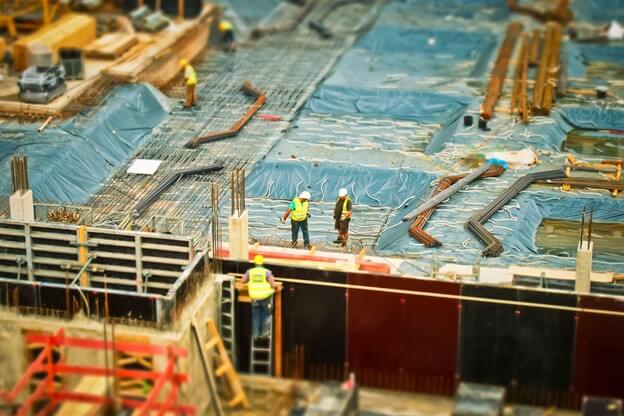Every builder and owner dreams of a dry foundation, with water effectively repelled from the outside, and no seepage, dampness, or water intrusion for the history of the project.
In reality, this is a very challenging standard to try and meet. A construction manager faces multiple obstacles in defeating his nemesis: water.
Fortunately, through a combination of construction techniques, approaches, and materials, we know there are a lot of avoidable mistakes. One such obstacle is backfill saturation. If backfill is poorly done, and the foundation incorrectly prepared, backfill saturation can defeat even the stoutest of waterproofing materials.
What is backfill?
When builders dig the hole for a building project, they are often disturbing soil that has sat and compacted in one place for decades or maybe even centuries. The impact of time, the elements, and pressure has often compacted the soil into almost unworkable solid clay. This clay is hard for water to get through, because time and pressure have closed all the small crack, while the water itself carried away the loose soil and gravel.
Clay repels water.
However, when the hole is dug for the new home, this clay and other materials are set aside to use later to fill in the hole around the completed foundation. This fill-in material is called “backfill.” It is the “fill” you put “back” in around your completed foundation.
Why is backfill saturation a problem?
This backfill might include the same clay that was originally in the foundation space, but there is now a key difference. It has been dug up and moved multiple times. Instead of being a solid, water-repelling block of clay, it is now filled with holes, channels, and cracks through which water can run.
No matter how you pound it down, it won’t be as waterproof as the clay around it that was not disturbed in the building process.
Water will naturally run to this new basin, and saturate it. This is backfill saturation.
This water, if not appropriately accounted for, will then sit against the new foundation of your building project. The lower it is, the more pressure it will exert, and over time it will seep through the tiniest cracks and airholes into your structure.
Make sure you or your construction manager account for backfill saturation in the plans for your next project.

